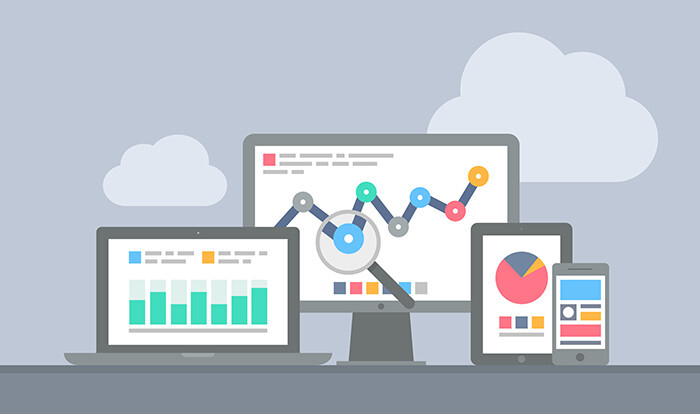A/B testing is a powerful technique for optimizing Facebook ads and maximizing ROI.
By systematically testing and refining different elements of your ads, you can make data-driven decisions that lead to better performance.
Remember to define clear objectives, test one variable at a time, run tests for a sufficient duration, and analyze your results carefully. With these best practices, you can harness the full potential of A/B testing to enhance your Facebook ad campaigns and achieve your marketing goals.
By implementing these strategies, you can ensure that your Facebook ads are not only reaching your target audience but also engaging them effectively and driving the desired outcomes.
Keep experimenting, learning, and optimizing to stay ahead in the competitive world of digital marketing.



